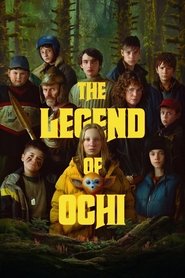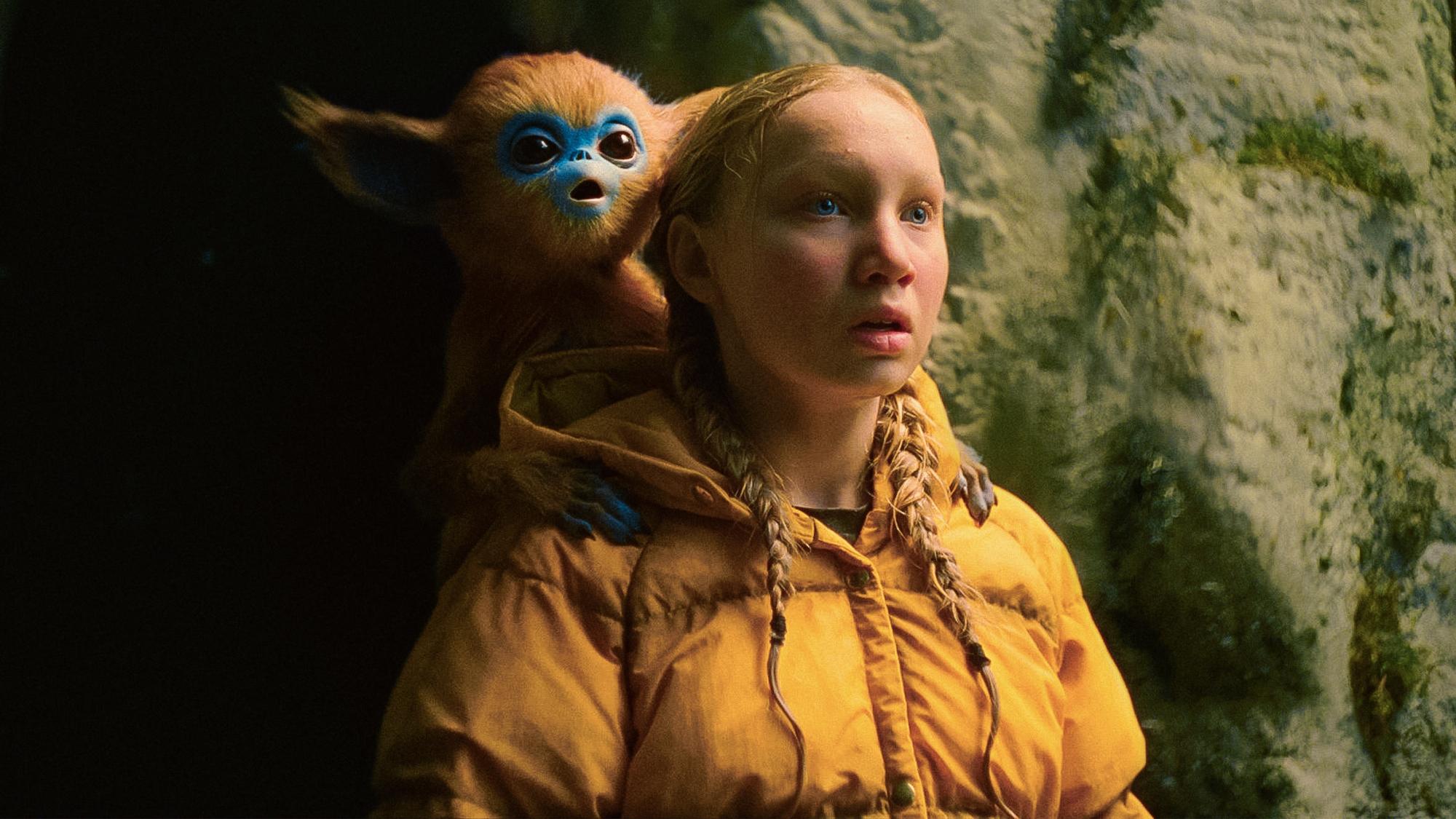Watch The Legend of Ochi (2025) Movie

In a remote village on the island of Carpathia, a shy farm girl named Yuri is raised to fear an elusive animal species known as ochi. But when Yuri discovers a wounded baby ochi has been left behind, she escapes on a quest to bring him home.

Something else is out there. -
## Beyond the Bloodline: A Shattered Ochi in "The Legend of Ochi"
"The Legend of Ochi," a film that initially promises a wholesome, nature-centric adventure, quickly reveals itself to be a melancholic tapestry woven with threads of loss, acceptance, and the profound connection between humans and the natural world. While marketed as a children's film, the emotional depth and mature themes make it a compelling watch for audiences of all ages. This isn't a tale of mythical creatures and heroic triumphs; it's a story of a boy confronting grief and discovering his place in a world he thought he knew.
The central narrative revolves around 13-year-old Travis, reeling from the sudden death of his mother. Consumed by sorrow and feeling adrift, he runs away from home, seeking solace in the surrounding Appalachian Mountains. This is where he encounters Ochi, a creature initially perceived as a legendary being, but gradually revealed to be a vital component of the forest's delicate ecosystem, a guardian in its own right.
The initial interactions between Travis and Ochi are fraught with misunderstanding. Travis, driven by grief and fueled by the campfire stories he's heard, projects his own anxieties onto the creature. He sees Ochi as a solution to his problems, a mythical protector who can somehow alleviate his pain. He is, in a sense, trying to resurrect his mother through the legend of Ochi.
However, the true brilliance of the film lies in its subversion of these expectations. Ochi isn't a magical panacea. It's an injured animal, deeply connected to the land and acutely aware of the ecological damage being inflicted by humans. As Travis spends more time with Ochi, he begins to understand the creature's vulnerability and the importance of its role in the forest's balance.
This understanding is crucial because the true antagonist isn't a stereotypical villain. It's the relentless encroachment of industry, represented by a mining company that threatens to destroy the forest and, consequently, Ochi's home and the ecosystem it sustains. The film subtly explores the theme of environmentalism without resorting to heavy-handed preachiness, instead portraying the consequences of unchecked progress through the tangible suffering of Ochi and the decimation of its natural habitat.
The relationship between Travis and Ochi is not about Travis saving Ochi, but rather a symbiotic exchange of healing. Ochi needs Travis's help to survive, and Travis, in turn, finds purpose and a path toward healing through his connection with the creature and the forest. He learns to confront his grief not by escaping it, but by immersing himself in the natural world and taking responsibility for its preservation.
The film's ending is particularly impactful. Instead of a triumphant victory, it offers a bittersweet acknowledgement of the reality of loss and the ongoing struggle to protect our environment. The sacrifice made isn’t necessarily heroic in the traditional sense, but a testament to the deep bond formed between Travis and Ochi, and a realization that true strength lies in acceptance and the dedication to something larger than oneself.
"The Legend of Ochi" is more than just a children's movie; it's a poignant exploration of grief, environmental responsibility, and the profound connection between humans and the natural world. By shattering the myth of the mythical hero, the film delivers a powerful message about the true nature of courage, compassion, and the importance of finding solace and purpose in the face of loss. It's a film that lingers long after the credits roll, prompting reflection on our own relationship with the environment and the responsibility we all share in protecting it.

Post a Comment